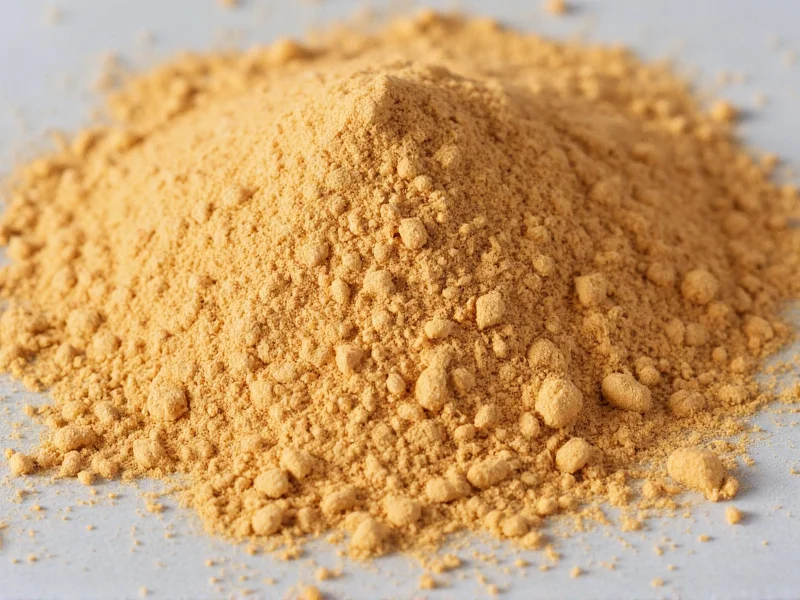One tablespoon of onion powder equals approximately 1/2 cup (80g) of chopped fresh onions. For a single medium onion, you'll need about 1 1/2 tablespoons of onion powder. This conversion ratio ensures proper flavor balance when substituting dried for fresh in recipes.
Understanding Onion Powder Conversions for Perfect Cooking Results
When adapting recipes or facing a shortage of fresh onions, knowing the precise onion powder equivalent becomes essential for maintaining flavor integrity. This guide provides accurate conversion measurements and practical usage tips that professional chefs and home cooks rely on for consistent results.
Onion Powder Characteristics and Flavor Profile
Onion powder offers concentrated flavor compared to fresh onions due to the dehydration process that removes moisture while preserving essential compounds. The drying process intensifies the sulfur compounds responsible for onion's distinctive taste, making powder more potent by volume. Unlike fresh onions that provide both flavor and texture, onion powder contributes pure flavor without altering a dish's consistency.
Understanding the onion powder equivalent ratio prevents common cooking mistakes like overpowering dishes with excessive onion flavor or creating bland results from insufficient seasoning. The conversion isn't merely about volume replacement but balancing the intensified flavor profile of the dried product.
Comprehensive Onion Powder Conversion Chart
| Onion Powder Measurement | Equivalent Fresh Onions | Equivalent to Medium Onion |
|---|---|---|
| 1 teaspoon | 2.5 tablespoons chopped | 1/6 of a medium onion |
| 1 1/2 teaspoons | 1/4 cup chopped | 1/4 of a medium onion |
| 1 tablespoon | 1/2 cup chopped | 1/3 of a medium onion |
| 1 1/2 tablespoons | 3/4 cup chopped | 1 medium onion (5oz/140g) |
| 2 tablespoons | 1 cup chopped | 1 1/3 medium onions |
When to Use Onion Powder Instead of Fresh Onions
Onion powder shines in applications where moisture control matters most. For dry rubs, spice blends, and seasoning mixes, it distributes flavor evenly without introducing excess liquid. In soups and stews where prolonged cooking time allows full rehydration, onion powder integrates seamlessly. Baked goods like savory breads and crackers benefit from onion powder's consistent distribution without creating wet spots.
Consider onion powder equivalent measurements when time constraints exist—there's no chopping or caramelizing required. Emergency cooking situations become manageable when fresh onions aren't available. The shelf-stable nature of onion powder makes it ideal for camping trips, office kitchens, or emergency food supplies where refrigeration isn't available.
Professional Cooking Tips for Optimal Results
For best flavor integration, bloom onion powder in oil or liquid before adding other ingredients. This rehydrates the powder and activates its flavor compounds. When substituting in recipes requiring caramelized onions, add 1/4 teaspoon of sugar to compensate for the Maillard reaction lost in dehydration.
Adjust salt levels when using onion powder equivalent measurements, as the concentrated flavor may require less additional salt. In delicate dishes like fish or egg preparations, use 25% less than the standard conversion to prevent overpowering subtle flavors. For raw applications like salad dressings, reconstitute powder with equal parts water first to mellow its intensity.
Common Substitution Mistakes to Avoid
Many home cooks mistakenly use equal volumes when substituting onion powder for fresh, resulting in overpowering dishes. Remember that onion powder equivalent measurements require significantly less volume due to concentration. Never substitute onion salt using the same ratios—onion salt contains approximately 3 parts salt to 1 part onion powder, requiring major adjustments.
Avoid adding onion powder directly to dry ingredients without proper distribution, which creates unpleasant concentrated pockets of flavor. When substituting in baking recipes, reduce other liquids by 1-2 teaspoons per tablespoon of powder to compensate for the moisture it will absorb during baking.
Storage and Shelf Life Considerations
Properly stored in an airtight container away from light and moisture, onion powder maintains optimal flavor for 2-3 years. Exposure to humidity causes clumping and flavor degradation. To test potency, rub a small amount between moistened fingers—if the aroma is weak, you'll need to increase the onion powder equivalent measurement by 25%.
Freezing extends shelf life but may cause clumping. If your onion powder has hardened, break it apart and store with a silica packet to absorb moisture. Never store near strong-smelling spices like curry powder, as onion powder readily absorbs surrounding odors.
What is the exact onion powder equivalent for one medium onion?
One medium onion (approximately 5 ounces or 140 grams) equals 1 1/2 tablespoons of onion powder. This precise onion powder to fresh onion conversion maintains proper flavor balance in recipes without overpowering other ingredients.
Can I substitute onion powder for onion flakes using the same conversion ratio?
No, onion flakes require different measurements. For onion powder equivalent to flakes, use 2/3 tablespoon of powder for every 1/4 cup of dehydrated onion flakes. Flakes contain more air space and less concentrated flavor than finely ground powder.
How does onion powder conversion differ for caramelized onion recipes?
When substituting for caramelized onions, use 25% less onion powder than standard conversion charts suggest, and add 1/4 teaspoon of sugar per tablespoon of powder to replicate the Maillard reaction that creates caramelization's complex flavors.
Why does my dish taste too strong when I use the standard onion powder equivalent?
Older onion powder loses potency over time. If your powder is more than 18 months old, increase the amount by 25-50%. Alternatively, you might be using onion salt instead of pure onion powder, which contains added salt that intensifies the flavor perception.
Does the onion powder equivalent change for different onion varieties?
Yes, conversion ratios vary slightly by variety. For sweet onions like Vidalia, use 20% less powder. For pungent varieties like red onions, use 10-15% more. Most commercial onion powder blends multiple varieties, making the standard conversion ratio reliable for general use.











 浙公网安备
33010002000092号
浙公网安备
33010002000092号 浙B2-20120091-4
浙B2-20120091-4